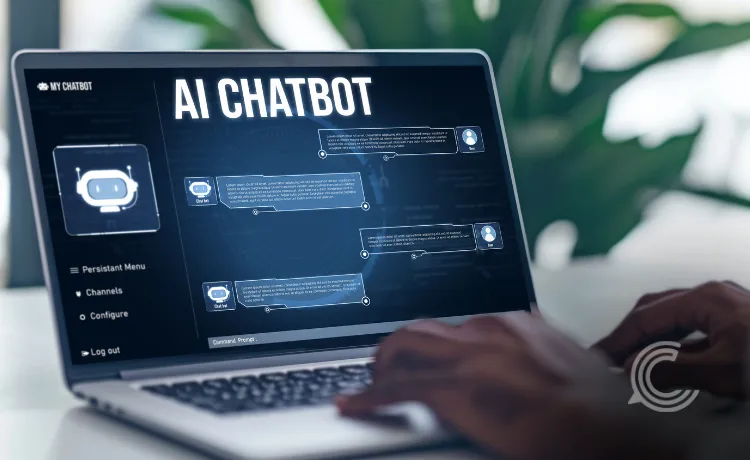Generative AI Chatbots Threaten India’s Call-Center Jobs

Key Points:
- Generative AI is rapidly replacing human agents in India’s vast call-center sector.
- Startups like LimeChat claim their AI agents can slash the required human workforce by up to 80%.
- The job displacement mirrors trends globally, including job cuts at firms like Goldman Sachs driven by cost-saving automation.
The rise of human-like artificial-intelligence chatbots is fundamentally reshaping India’s massive customer service industry, posing an existential threat to the jobs that underpinned the country’s rise as the world’s back office. The shift is not a gradual one, but a rapid, accelerating disruption driven by new technology like generative AI.
The Chatbot Revolution in Customer Service
At a startup office in an Indian city, developers are fine-tuning artificial-intelligence chatbots that talk and message like humans. The company, LimeChat, has an audacious goal: to make customer-service jobs almost obsolete. Its co-founder, Nikhil Gupta, 28, told Reuters that the company’s generative AI agents enable clients to slash by 80% the number of workers needed to handle 10,000 monthly queries.
“Once you hire a LimeChat agent, you never have to hire again,” Gupta stated.
The statement encapsulates the profound impact this technology is having on the labor market, especially in sectors built on routine, high-volume tasks. Reuters visited AI startups and tested these sophisticated voice and text chatbots, which are handling increasingly complex customer interactions in remarkably human-like ways.
Direct Impact on Human Workers
The integration of these advanced AI tools is immediately translating into job insecurity for call-center workers. Customer-service employees interviewed by Reuters described a rising sense of unease as companies incorporate AI that autonomously handle routine queries and even suggest responses for human agents.
The personal cost of this transition is already evident. Megha S., 32, who was earning $10,000 a year at a Bengaluru-based software solutions provider, was laid off just before India’s festive season. Her former employer was implementing AI tools to review sales call quality. “I was told I am the first one who has been replaced by AI,” said Megha, who spoke on the condition that her full name and former employer not be identified. “I’ve not told my parents.”
Global Financial Firms Embrace AI for Cost Efficiency
This job displacement trend is not exclusive to India’s outsourcing sector; it is a global phenomenon. Major financial institutions are also leveraging AI to drive operational efficiencies and reduce overheads. Goldman Sachs, for example, has publicly signaled its intention to cut jobs as part of a strategy to realize savings and capitalize on the opportunities presented by artificial intelligence.
The bank is moving to constrain headcount growth and make limited role reductions, noting in an internal memo that its operational efficiency goals “need to reflect the gains that will come from these transformational technologies.”
Goldman Sachs is pursuing a neutral, cost-effective transformation that is reshaping its own workforce structure by automating repetitive tasks like client onboarding, regulatory reporting, and internal data analysis, This strategic alignment with AI showcases a clear focus across industries, from global finance to local call centers, on adopting the new technology for maximum cost savings.
India’s High-Stakes Gamble
Rather than slowing down the adoption of technology that threatens jobs reliant on routine tasks, India is accelerating its embrace of generative AI. The government is wagering that a “let-it-rip” approach to technological disruption will ultimately generate enough new, higher-value opportunities to absorb the workers displaced from roles like those in the call-center industry.
This is a high-stakes economic gamble. The country’s existing strength in technology and its vast, young, digital-savvy workforce are seen as critical assets in this transition. The bet is that the productivity gains from AI will unlock new business and new roles such as prompt engineers, AI trainers, and data analysts that require human oversight and more complex skills.
The challenge lies in the urgency and scale required for a nationwide reskilling effort to prepare the workforce for this new, AI-driven economy. Successfully navigating this period will be a test case for whether a developing economy can leverage AI-driven disruption for overall growth, or if it will simply widen the existing income and skill divides. The focus on generative AI is therefore a strategic national priority.



